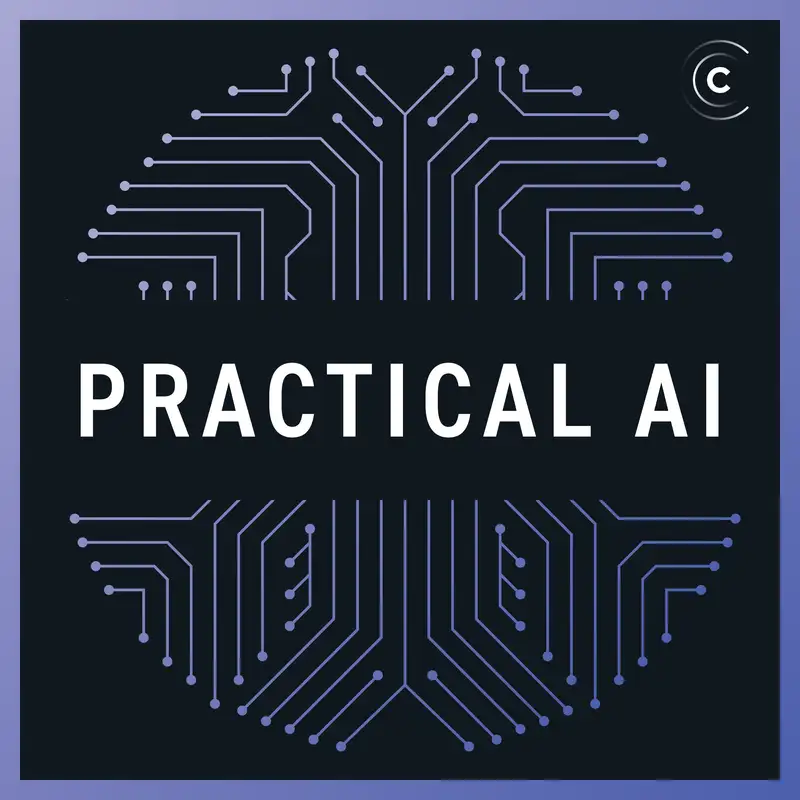3D assets & simulation at NVIDIA
What’s the current reality and practical implications of using 3D environments for simulation and synthetic data creation? In this episode, we cut right through the hype of the Metaverse, Multiverse, Omniverse, and all the “verses” to understand how 3D assets and tooling are actually helping AI developers develop industrial robots, autonomous vehicles, and more. Beau Perschall is at the center of these innovations in his work with NVIDIA, and there is no one better to help us explore the topic!
Changelog++ members save 1 minute on this episode because they made the ads disappear. Join today!
Sponsors:
- Fastly – Our bandwidth partner. Fastly powers fast, secure, and scalable digital experiences. Move beyond your content delivery network to their powerful edge cloud platform. Learn more at fastly.com
- Fly.io – The home of Changelog.com — Deploy your apps and databases close to your users. In minutes you can run your Ruby, Go, Node, Deno, Python, or Elixir app (and databases!) all over the world. No ops required. Learn more at fly.io/changelog and check out the speedrun in their docs.
Featuring:
- Beau Perschall – LinkedIn, X
- Chris Benson – Website, GitHub, LinkedIn, X
- Daniel Whitenack – Website, GitHub, X
Show Notes:
- NVIDIA’s Omniverse
- Beau’s GTC 2023 session around how to build simulation-ready USD 3D assets
- Tech blog around Omniverse and SimReady assets
Something missing or broken? PRs welcome!
Creators and Guests



